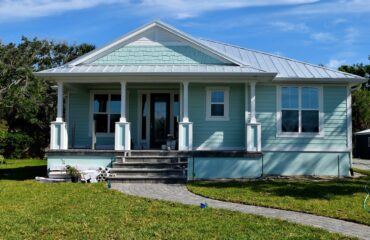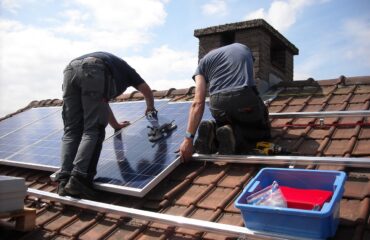If you think choosing between a slate roof and a shingle roof is a simple decision, think again. The debate between these roofing materials is more complex than meets the eye, and consulting with roofing experts can provide valuable insights. Each option has advantages and disadvantages, from durability to cost considerations and environmental impact. So, before you decide on which type of roof to get, weigh all the factors carefully.
Pros and Cons of Slate Roof
Consider durability and a timeless aesthetic when considering a slate roof for your home. However, slate comes with a higher price tag compared to shingles. The durability of slate is unmatched, lasting anywhere from 75 to 100 years or even more with proper maintenance. This longevity means you may never need to replace your roof again, saving you money in the long run despite the initial high cost.
Slate roofs also provide natural beauty and elegance to your home. The variety of colors and textures available in slate can complement any architectural style, adding a touch of sophistication and charm. Additionally, slate is environmentally friendly as it’s a natural material, making it a sustainable choice for your roofing needs.
Pros and Cons of Shingle Roof
Shingle roofs offer affordability and ease of installation compared to slate roofs. One of the main advantages of shingle roofs is their cost-effectiveness. Shingles are typically cheaper to purchase and install than slate, making them a more budget-friendly option for homeowners. Additionally, shingle roofs are easier and quicker to install, requiring less labor and time compared to the intricate process of laying slate tiles.
Another benefit of shingle roofs is their versatility. They come in various colors, styles, and materials, allowing homeowners to choose a shingle type that complements their home’s aesthetic. This variety makes it easier to find shingles that match the house’s overall look, enhancing its curb appeal.
Durability Comparison
Considering the durability comparison between slate and shingle roofs is paramount for homeowners seeking a long-lasting roofing option. Slate roofs are renowned for their exceptional durability, often lasting 100 years or more with proper maintenance. The natural composition of slate makes it resistant to fire, rot, and insect damage, ensuring a roof that can withstand the test of time.
On the other hand, shingle roofs offer decent durability but generally have a shorter lifespan compared to slate. Asphalt shingles, the most common type, typically last between 20 to 30 years. While they’re more affordable upfront, shingle roofs may require more frequent repairs and replacements over the years, adding to the overall cost of ownership.
Cost Considerations
Considering the financial aspect, evaluating the cost implications of choosing between slate and shingle roofing options is essential.
Slate roofs are known for their longevity, lasting up to 100 years, making them a cost-effective choice in the long run. However, the initial installation cost of a slate roof is significantly higher than that of shingle roofs. The price of slate materials and the specialized labor required for installation contribute to this higher upfront expense.
On the other hand, shingle roofs are more budget-friendly initially but may require more frequent repairs and replacements due to their shorter lifespan of around 20-30 years. This means that while the immediate cost of shingle roofs is lower, the cumulative expenses over time might surpass that of slate roofs.
Environmental Impact
Evaluating the environmental impact is crucial when comparing slate and shingle roofing options. Shingles, typically made from asphalt, contribute to the depletion of natural resources due to the oil required in their production. Additionally, the manufacturing process releases harmful emissions into the atmosphere.
On the other hand, slate is a natural material that’s more sustainable. It’s quarried, requiring less energy for production compared to shingles. Slate also has a longer lifespan, reducing the frequency of replacements and waste generation.





